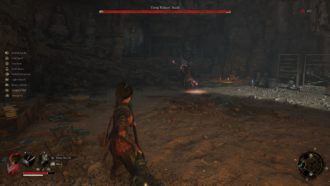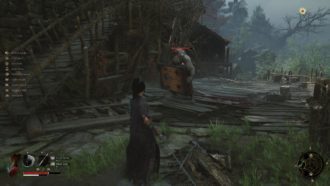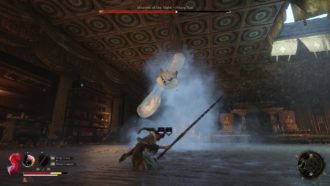Platforms:
PC, PS5, Xbox Series X|S
Released:
July 24, 2025
Publisher:
505 Games
Developer:
Leenzee Games
It can be hard to stand out as a soulslike action RPG in this day and age. We’ve had underwater soulslikes, we’ve had soulslikes based on classic Italian literature, and we’ve had steampunk soulslikes set in revolutionary France. Wuchang: Fallen Feathers makes a decent enough impression in a crowded market with its strong Chinese cultural identity and some neat gameplay flairs that do just enough to allow it to stand out, despite having some areas for improvement.
In Wuchang: Fallen Feathers, you play as an amnesiac pirate woman named Wuchang in the late Ming Dynasty. The kingdom is riven with political infighting and rebellions, along with a mysterious plague known as the Feathering disease, which causes sufferers to lose their sanity and sprout feathers from their arms, eventually transforming them into mindless beasts. With Wuchang finding herself in the early stages of the Feathering disease, she embarks on a quest to find a potential cure and uncover the secrets behind the plague as well as her own past.
Admittedly, it doesn’t move the needle much with its narrative; as with most soulslikes, you play as a mute and mostly characterisation-free protagonist. The majority of the exposition is minimal or buried in out-of-the-way scraps of paper and optional NPC interactions. As with FROM Software’s works, you get out what you put into Wuchang: Fallen Feathers’ narrative. That said, considering the game is named after Wuchang and her quest for identity is ostensibly a core part of the main quest, I think not giving her an actual personality or even voice acting, so the player can be attached to her as a character and not just an avatar for the player, is a missed opportunity.
Fortunately, as much as Wuchang: Fallen Feathers doesn’t really push the envelope much with its narrative, it has a lot going for it in the gameplay department. Overall, Wuchang: Fallen Feathers maintains a pretty familiar soulslike structure; travel from shrine to shrine to save and upgrade Wuchang’s stats, while encountering fearsome enemies and boss fights. Successive attacks on enemies and bosses can stun them and open them up to a devastating Obliterate attack, which encouraged an aggressive playstyle. Defeating foes allows Wuchang to acquire a resource called Red Mercury. Collecting a certain quantity of Red Mercury allows the player to refine it into Red Mercury Essence, which can be spent on character upgrades.
Instead of upgrading stats one-by-one as with many of its contemporaries, Wuchang: Fallen Feathers uses a more complex system called Impetus Repository, a large network of nodes not unlike Final Fantasy X’s Sphere Grid in which the player can spend Red Mercury Essence to unlock new abilities. Nodes can include improvements to Wuchang’s stats, new weapon disciplines and abilities, or passive improvements, such as how many times you can use your healing and buffing items between rests at a shrine.
“In effect, Inner Demon is a risk/reward system with too much risk and not enough reward.”
I really enjoyed this system, as it made levelling up feel more strategic as I steadily progressed through +1 stat improvement nodes until I reached a tantalising +5 node, or reached a point that would cause the Impetus Repository to expand and reveal a whole new tree of potential improvements. Most importantly, nodes can be refunded at any time, allowing you to partially or totally re-spec Wuchang’s stats and abilities at any time for free. It removed a lot of the pressure that levelling up can bring with these sorts of games, and allowed me to experiment with different weapons and abilities until I had settled on a playstyle that suited me. Players can further customise both Wuchang and her weapons through Jade Pendants, granting her passive buffs, and Benediction stones, which can add new passive abilities to her weapons.
Combat in Wuchang: Fallen Feathers is fast and not for the faint of heart. Key to the game’s combat system is a resource called Skyborn Might. Skyborn Might can be attained in combat by dodging an enemy attack at key moments and landing certain attacks with weapons, and can be used to speed up heavy attacks, swiftly switch between weapons to land devastating hits and cast magic spells. While the learning curve is somewhat steep, once I got into the game’s rhythm, I found myself gracefully dancing around enemy attacks to build up my Skyborn Might and return it to my opponents with powerful abilities. It speaks well to the enemy attack animations that I almost always found them easy enough to read that I was able to instinctively intuit the best moment to dodge, even if the distinction between which attacks could be deflected with my longsword and which couldn’t felt like a coin flip much of the time.
That said, I was less enchanted by Wuchang: Fallen Feathers’ other core mechanic, called Inner Demon. In effect, Inner Demon is a risk/reward system with too much risk and not enough reward. Whenever Wuchang dies, defeats certain enemies, makes an exchange at a shrine or uses certain items, her Madness meter rises. The higher Wuchang’s Madness, the more damage she takes and receives, and certain unlockable passive abilities may trigger at higher levels of Madness. Furthermore, the higher your Madness score, the less Red Mercury you retain when you respawn. This is all well and good on paper; however, in practice, it’s very easy to raise one’s Madness and frustratingly obtuse to lower it.
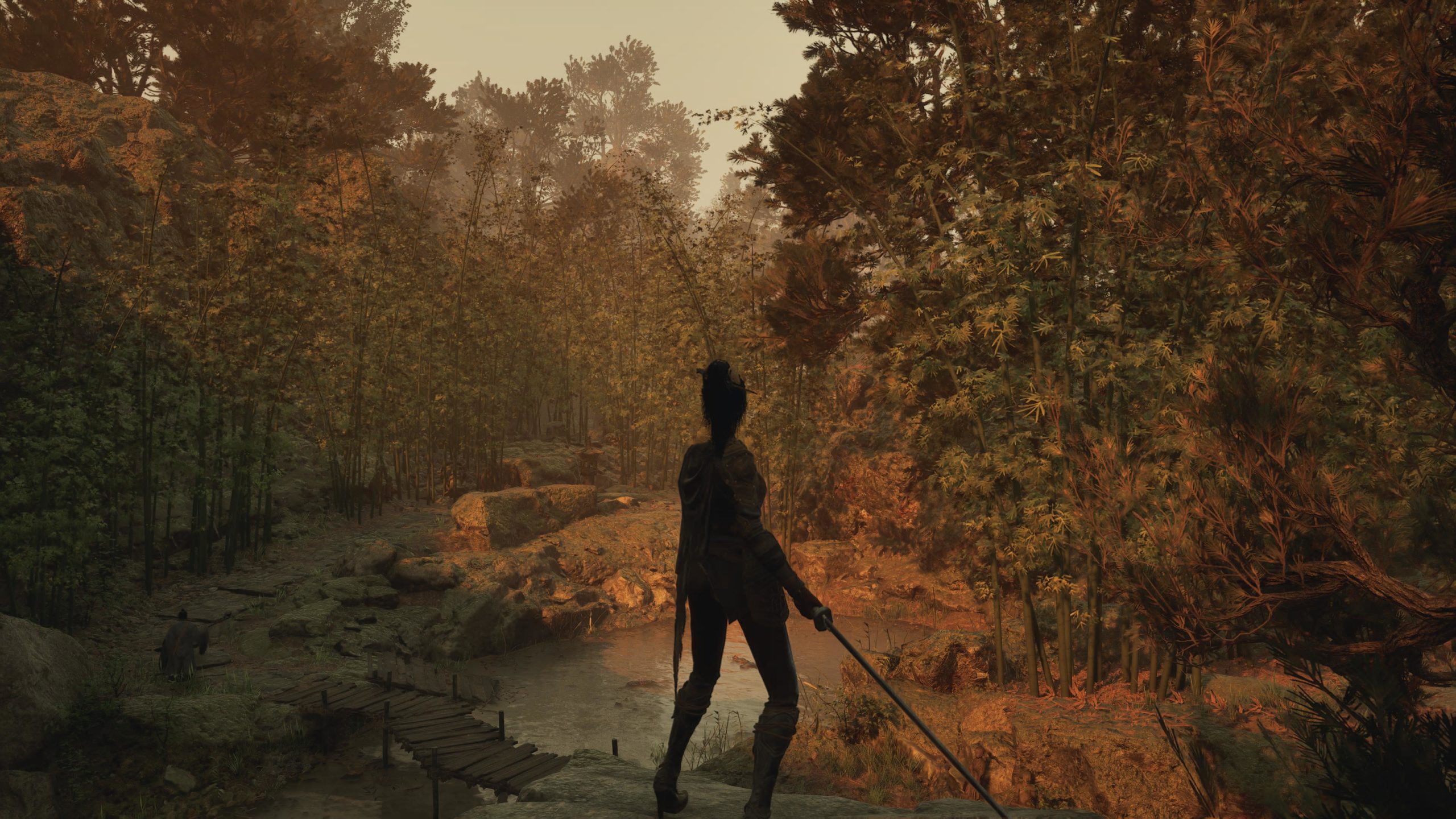
The idea is that, at least in theory, after respawning at 100% Madness, the place where you previously perished will instead spawn your Inner Demon, a powerful foe who will attack both you and enemies at random, and defeating her will return Wuchang to 0% Madness. The main issue is that, at least for me, the main locations where I was defeated were boss fights, not at the hands of random enemies. Crucially, the Inner Demon doesn’t spawn in boss fights. As you cannot lower your Madness without defeating your Inner Demon (outside of praying at some out-of-the-way shrines, and even then that doesn’t reduce it all the way to 0%), if you’re stuck at a boss fight and are in that familiar soulslike cycle of throwing yourself at it again and again to git gud and take it down, you’re going to find Wuchang steadily becoming more and more of a glass cannon without a whole lot that you can do about it. The best way to get rid of that unwelcome Madness buildup is to go off the beaten track, let yourself be killed by a random enemy, go back to that area and defeat your Inner Demon again so you can reattempt the boss fight with higher defences.
I understand that the ability to exploit the Inner Demon mode to essentially spawn a free ally during boss fights would probably have had some balance issues. Honestly, the idea at its core isn’t terrible, and it’s at least less punishing than Dark Souls II’s gradual sapping of your maximum HP with every death. I just don’t think it is integrated well into a game whose main challenges are fearsome boss fights, and it could have stood to have included more intuitive ways of lowering your Madness so players aren’t essentially being required to fight most bosses with less defence than they are accustomed to.
Speaking of said boss fights, they hit that sweet spot of being challenging without being insurmountable. Leenzee Games did well to address some of the frequent criticisms of a lot of souslike boss and level designs, such as placing shrines very close to boss arenas (shortening the time between reattempts), including a decent number of boss fights in which you have NPC allies to draw some aggro, allowing the player to teleport between shrines from the start of the game and not including cheap tactics like bottomless pits in boss arenas (ensuring that any one-hit kills are coming straight from the boss and not being knocked back into oblivion). The bosses also had a good amount of variety to them, with a good mix of humanoid and monstrous foes and various gimmicks relating to elemental attacks to keep each fight fresh.
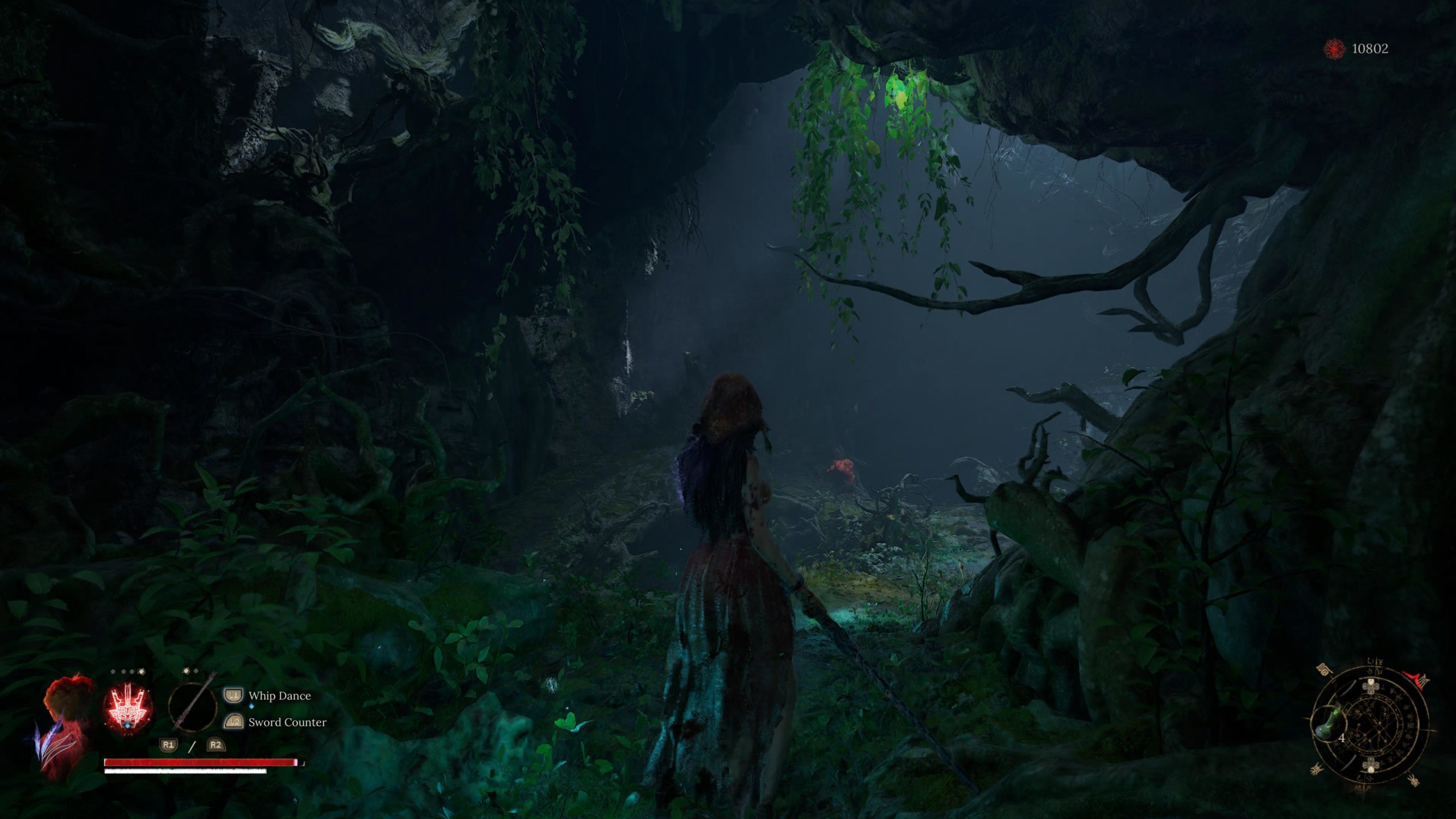
The level design overall is fairly solid, with a semi-linear structure filled with blocked doors and elevators, which can be used as shortcuts as you progress. I would have appreciated a map screen to assist me in getting my bearings in some areas, but overall, it aids in ensuring the player is not too disoriented with a compass that points towards key NPCs and nearby shrines in the location, which I thought was a nice touch. There isn’t a great amount of enemy variety, but I found the majority of enemies fun to fight, except for any enemy that can inflict the Despair condition.
Wuchang: Fallen Feathers has a large number of status effects which can sap your health as well as reduce your maximum stamina or health meters, which can at least be accounted for with the right armour or recovery items. The Despair status effect works sort of like Death Blight in Elden Ring, in that if you are successfully inflicted with it, you just instantly die, no ifs or buts. The problem is that Wuchang: Fallen Feathers includes enemies that radiate a Despair aura without having to actually attack you, essentially meaning that even if you are not wearing appropriate equipment and stuffing down items that cure Despair, some areas will simply just kill you in seconds just for being within the same postcode as a specific enemy unless you make a beeline to defeating the source of the aura. These sections just felt very frustrating, considering it often wasn’t clear where the source of the aura was, or how to reach the enemy, or even if there are multiple Despair auras in a single location. Fortunately, this is mostly confined to one area, but it was one of the least enjoyable sections for these reasons.
In spite of its diminutive 14-ish gigabyte size on my PS5, I was rather impressed with the presentation of Wuchang: Fallen Feathers. Locations run a gamut of majestic castles, caves filled with crumbling architecture and abandoned fortresses. In particular, the lighting is often gorgeous, with certain fights that will stick in my memory for some time to come due to their visuals, including a duel at sunset with a fearsome swordswoman in a castle courtyard and a chaotic brawl in a moonlit forest against a highly mobile opponent who had succumbed to the Feathering disease.
8
Great
Positive:
- Impetus Repository levelling system was flexible, strategic and engaging
- Fluid and exciting combat system
- Enjoyably complex level design
- Gorgeous visuals and boss fights
Negative:
- Inner Demon mechanics feel too punishing and don't integrate well with the boss fights
- Narrative doesn't engage very much, with Wuchang's lack of characterisation feeling like a missed opportunity
- Despair status effect made certain sections of the game very frustrating
Wuchang: Fallen Feathers doesn’t exactly rewrite the soulslike gameplay design, but I honestly think it brings enough to the table to justify itself. With its fantastic Impetus Repository levelling system, I was able to build and rebuild Wuchang however I liked and fully explore its complex and flexible combat system. Admittedly, some mechanics are somewhat of a mixed bag, ranging from the delightful Skyborn Might resource which rewards aggressive play, to the more annoying Inner Madness feature that makes the player character a bit more of a glass cannon than I would have liked. Overall, however, those looking for a deep new soulslike to get stuck into, Wuchang: Fallen Feathers is pretty damn great.
